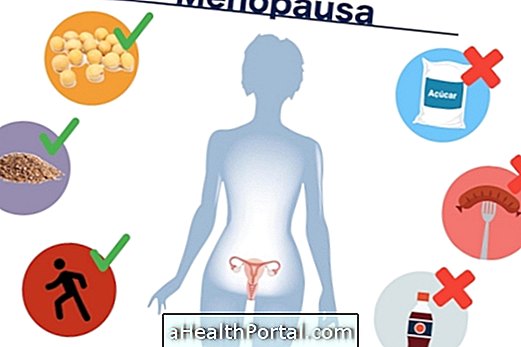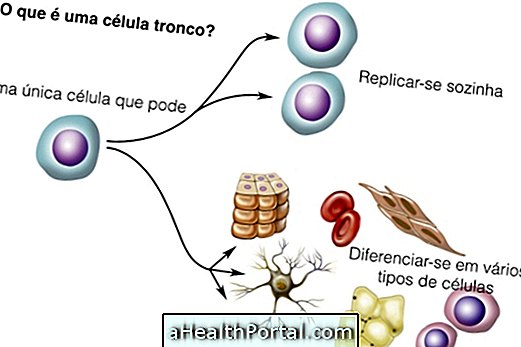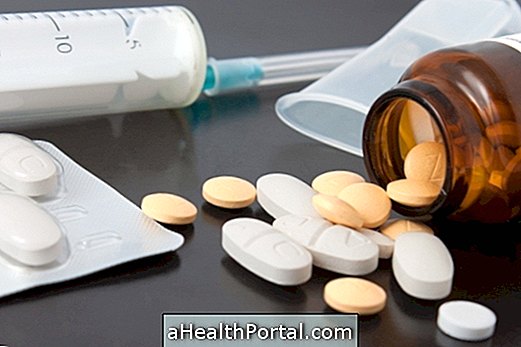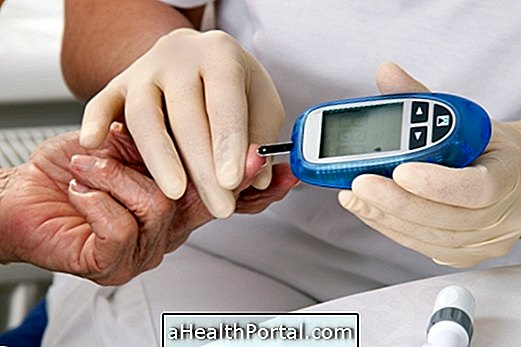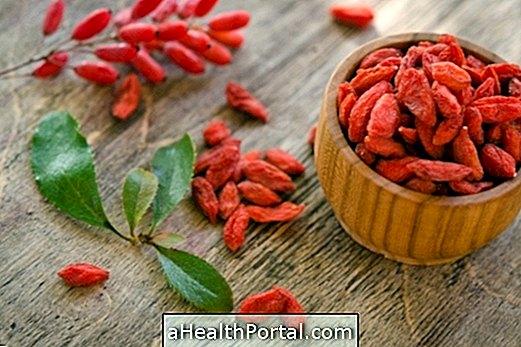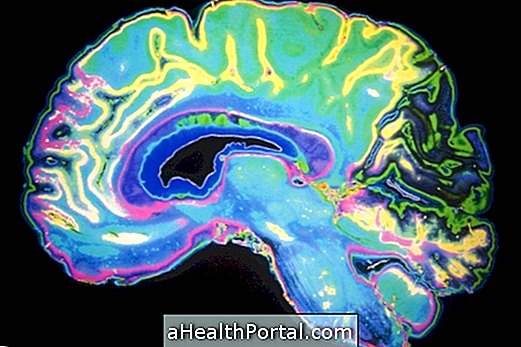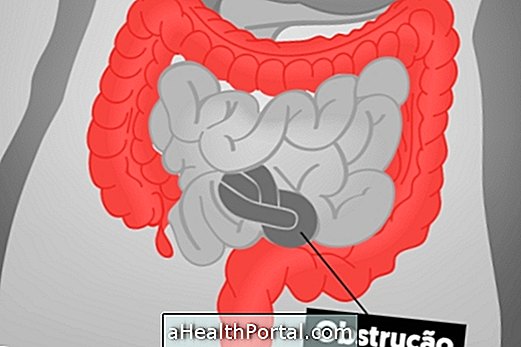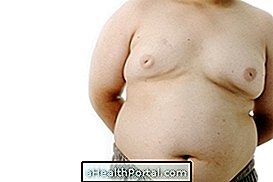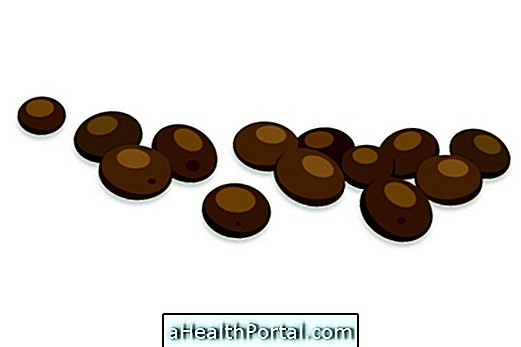For the treatment of diabetes of any kind, it is necessary to use antidiabetic medicines that help lower blood glucose levels, such as Glibenclamide, Gliclazide, Metformin or Vildagliptin, for example, or even the application of synthetic Insulin itself.
In type 1 diabetes, it is always preferable to use Insulin, because in this type of diabetes, the pancreas can not produce this hormone. In type 2 diabetes, it is possible to use different types of antidiabetics, which can be combined, as a way to lower blood glucose levels. Understand what causes and how to differentiate types of diabetes.
In addition, in both type 1 and type 2 diabetes it is recommended to follow a special diet, with adjustments in the amount of calories and glucose, in addition to performing physical exercises such as walking, dancing or cycling, for example, because they cause better blood sugar uptake, as well as increased sensitivity of the body to insulin.
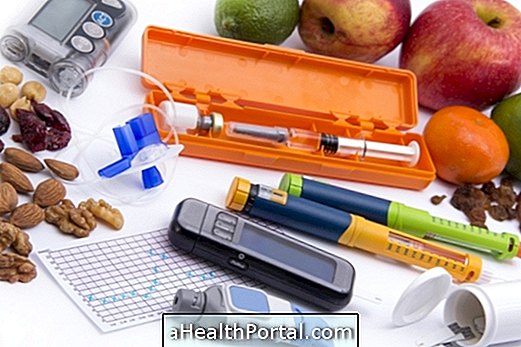
Treatment with medicines
There are different types of medications, known as antidiabetics or hypoglycemic agents, used to treat diabetes. The medicine used is chosen by the doctor, according to the type of diabetes, and also with other characteristics of the patient, such as weight, food or financial possibilities, for example.
1. Treatment for type 1 diabetes
In type 1 diabetes, cells in the pancreas fail to produce insulin, which leads to accumulation of glucose in the circulation. Therefore, the main form of treatment consists in the daily doses of synthetic Insulin, so that this hormone plays its role of bringing glucose from the blood to the tissues of the body.
There are different types of insulin, divided according to their speed of action, which are those of slow, intermediate, fast or ultra-fast action. Generally, the doctor combines 2 or more types of insulin, applied about 1 to 3 times a day, so that its action is as close as possible to the insulin produced in the body. Check out the types of insulin, their characteristics and how to apply.
For the control of diabetes it is also important to check the daily blood sugar rate using the reagent strips and the glucometer. Health clinics offer free insulin, syringes, needles and strips needed to control diabetes. It is possible to inquire about this at the health center closest to home.
2. Treatment for type 2 diabetes
It is usually made with anti-diabetic medicines that can act either by increasing the production of insulin in the pancreas, improving the body's sensitivity to insulin, decreasing the body's production of glucose or even reducing the absorption of glucose in the diet.
Some of the key examples of these remedies are Metformin, Glibenclamide, Gliclazide, Acarbose, Pioglitazone or the newer ones like Vildagliptin, Siltagliptin or Exenatide, for example. The ingestion or application of these remedies is usually done 1 to 3 times a day, depending on the type and severity of the disease. See more about the differences in: Remedies for diabetes.
Usually, treatment is started using only 1 of these medications and then the doctor assesses the need for a combination of others, including Insulin, which becomes necessary as the disease worsens over the years.
3. Treatment for gestational diabetes
The treatment of gestational diabetes is guided by the obstetrician and the endocrinologist, and the main form of treatment consists of the low-carbohydrate diet and the regular practice of moderate exercise.
However, in more severe cases where the amount of blood sugar is much higher than expected, your doctor may advise you to use oral antidiabetic drugs, such as Metformin or Glibenclamide, or even Insulin.
Gestational diabetes is detected after 22 weeks of gestation, and arises due to dysfunctions in the production and action of insulin in the body, in women in this period. See more about what causes, how to identify and treat this type of diabetes.

Natural Treatment Options
In addition to following the physician's recommended remedies guidelines, some natural tips include using flaxseed, passionfruit peel flour and taking orange juice regularly because these foods help control the rate of blood sugar. See a great home remedy for diabetes.
In addition, attention should be paid to changes in lifestyle, which include diet control and physical exercise.
1. Diabetes diet
The diet for diabetes should be oriented by the nutritionist or nutrologist, respecting the age and lifestyle of the individual. The general dietary recommendations for diabetes are:
- Eat every 3 hours;
- Consume diet food;
- Eat more fiber and cereal;
- Avoid saturated fat and simple carbohydrates such as red meat, rice and potatoes;
- Drink plenty of water;
- Avoid all types of sugar and sweetener.
Following these feeding rules avoids the complications of diabetes, such as diabetic neuropathy, kidney impairment, eyes and poor healing. Learn more at: Diet for diabetes.
2. Exercises for diabetes
Aerobic exercises are best suited for those who have diabetes, and some examples are walking, running, dancing, cycling, swimming or rowing, for example. Strengthening and strengthening exercises should also be performed, as increased muscle mass improves insulin sensitivity.
The exercises should be performed daily or at least 3 times a week, never staying more than 2 days without practicing. Moderate to high intensity exercises, if approved by the physician, are more recommended, however, care should be taken to adjust the doses of the medications, to avoid hypoglycemia.
See the exercises that improve the life of the diabetic.
